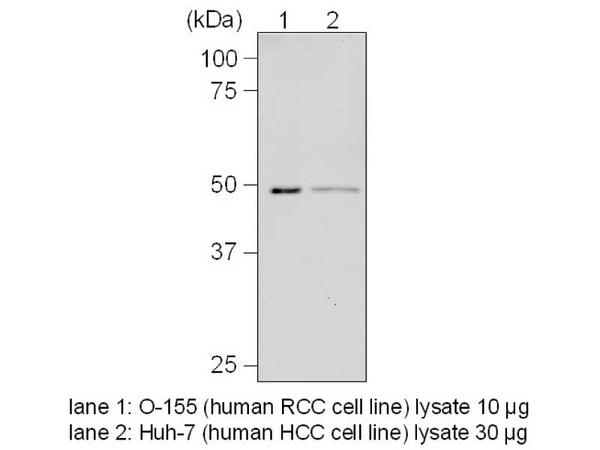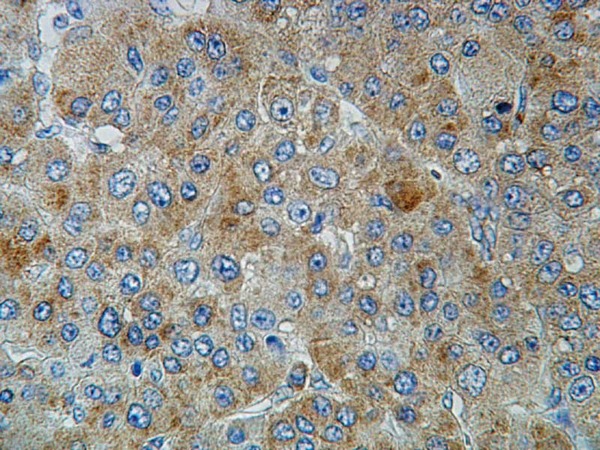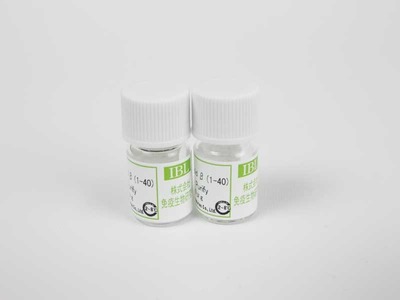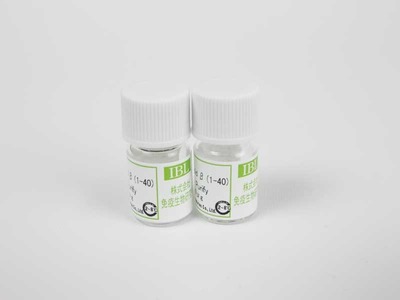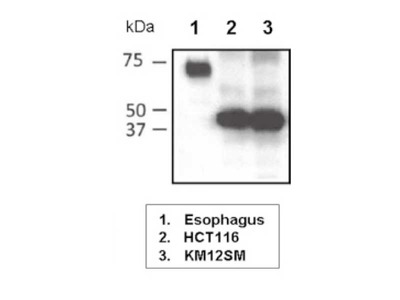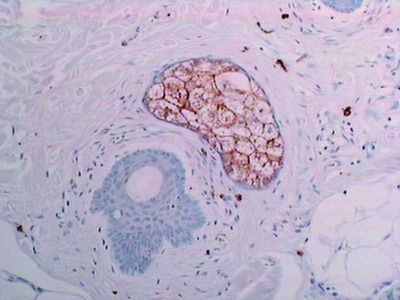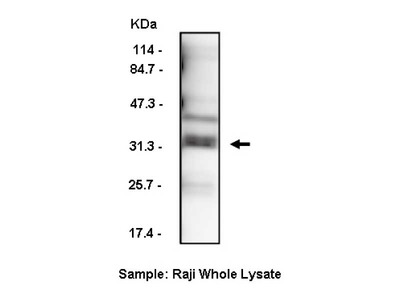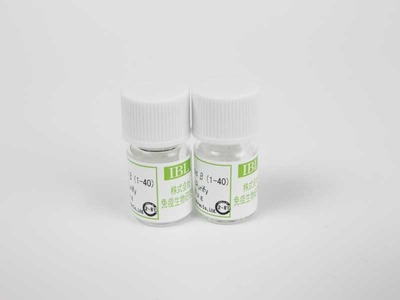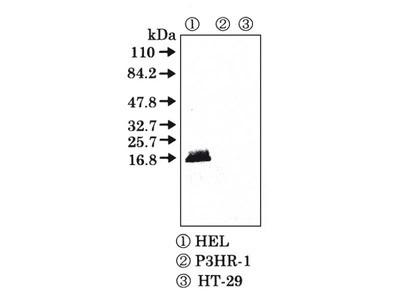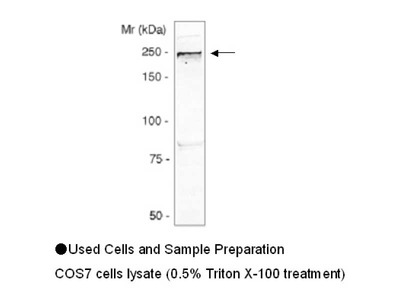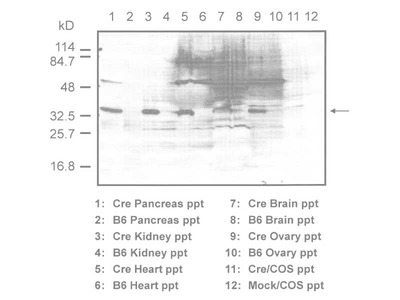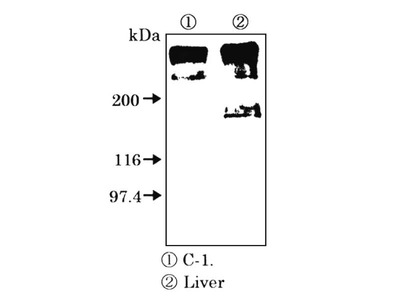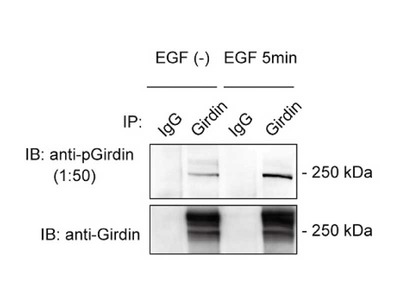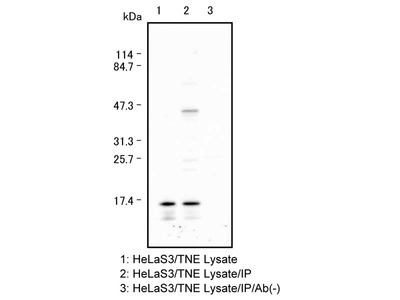- HOME >
- For Researchers >
- Product Search >
- Search Result >
- #11106 Anti-Human YB-1 (21A3) Mouse IgG MoAb
Product Search
#11106 Anti-Human YB-1 (21A3) Mouse IgG MoAb
- Intended Use:
- Research reagents
- Application:
- WB, IHC
- Package Size1:
- 100 μg
- Package Size2:
- 10 μg
- Note on Application Abbreviations
- WB:Western Blotting
- IHC:Immunohistochemistry
※ The product indicated as "Research reagents" in the column Intended Use cannot be used
for diagnostic nor any medical purpose.
※ The datasheet listed on this page is sample only. Please refer to the datasheet
enclosed in the product purchased before use.
Product Overview
Product Overview
| Product Code | 11106 |
|---|---|
| Product Name | Anti-Human YB-1 (21A3) Mouse IgG MoAb |
| Intended Use | Research reagents |
| Application | WB, IHC |
| Species | Human |
| Immunizing antigen | Recombinant human YB-1 |
| Source | Mouse-Mouse hybridoma (X63 - Ag 8.653 × BALB/c mouse spleen cells, supernatant) |
| Clone Name | 21A3 |
| Subclass | IgG1 |
| Purification Method | Affinity purified with protein A |
| Package Form | Lyophilized product from 1 % BSA in PBS containing 0.05 % NaN3 |
| Storage Condition | 2 - 8℃ |
| Poisonous and Deleterious Substances | Applicable |
| Cartagena | Not Applicable |
| Package Size 1 | 100 μg |
| Package Size 2 | 10 μg |
| Remarks1 | The commercial use of products without our permission is prohibited. Please make sure to contact us and obtain permission. |
Product Description
Product Description
YB-1 (Y-box binding protein-1) contains a highly conserved cold shock domain and is a transcription factor that binds to a CCAAT box. It has been reported that P-glycoprotein is highly expressed in cisplatin-resistant cancer cell lines since the sequence of CCAAT box is located in the promoter region of the drug-resistance gene MDR1, and YB-1 is involved in transcription of P-glycoprotein, the product of the MDR1 gene. YB-1 is usually present in the cytoplasm, but it translocates into the nucleus in cancer cells that have been exposed to UV radiation or anticancer drugs. And it is thought to be involved in DNA damage or repair in association with PCNA or p53. YB-1 is also highly expressed in the nucleus in about half of non-small cell lung cancers, and the outcome has been reported to be particularly poor in cases of squamous cell carcinoma in which it is expressed in the nucleus. It has also been reported that, with a 5-year recurrence rate of 66%, the outcome of YB-1-positive cases is poor in breast cancer cases treated with postoperative chemotherapy (in YB-1-negative cases the rate is 0%), and that there is no correlation with HER2 expression. Recently, YB-1 has been reported to be a prognostic marker of hepatocellular carcinoma.

